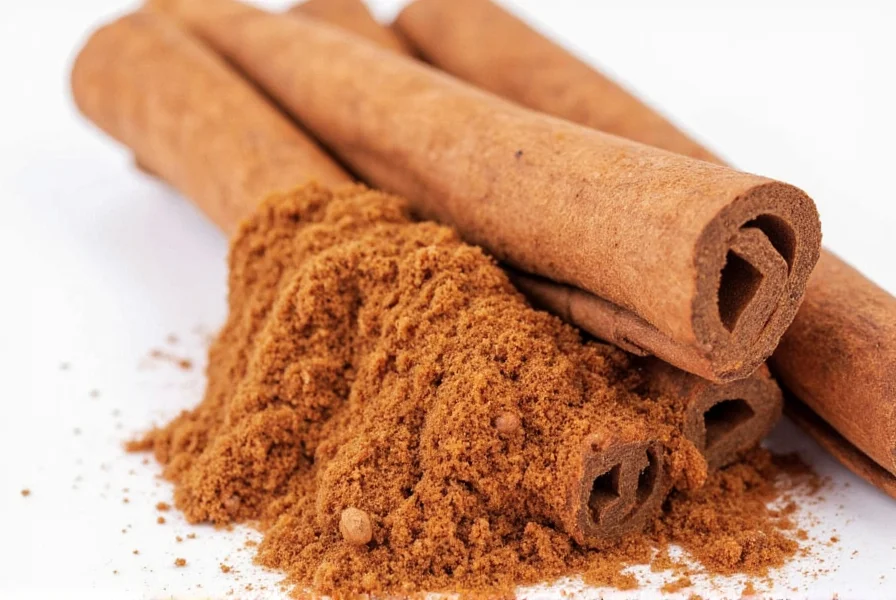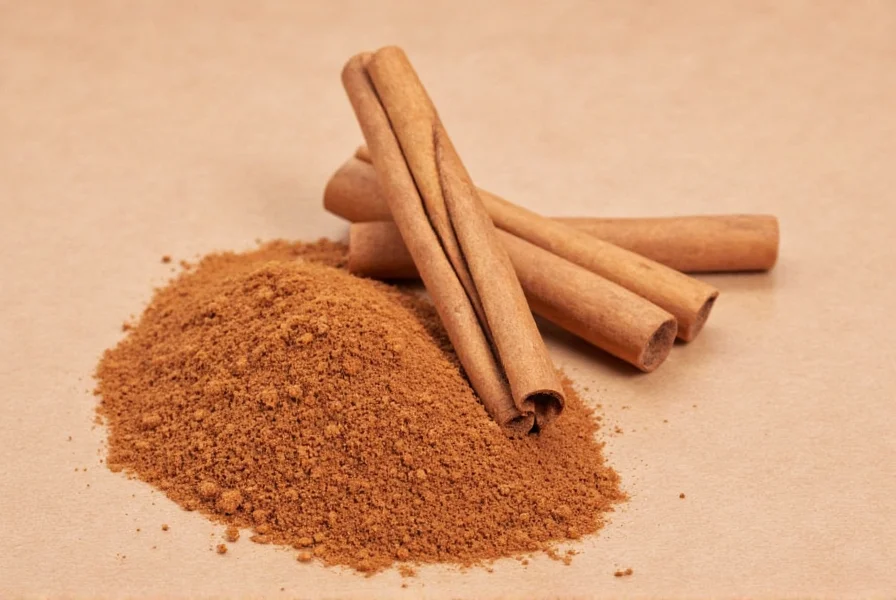Understanding the proper cinnamon dosage is crucial for safely enjoying its potential health benefits while avoiding risks. This comprehensive guide examines scientific research to provide evidence-based recommendations for daily cinnamon consumption, differentiating between the two main types – Cassia and Ceylon – which have significantly different safety profiles.
Understanding Cinnamon Types and Their Differences
Not all cinnamon is created equal when determining how much cinnamon per day is safe. The two primary varieties available commercially have distinct chemical compositions that directly impact safe consumption levels:
| Characteristic | Cassia Cinnamon | Ceylon Cinnamon |
|---|---|---|
| Source | Cinnamomum cassia (Chinese cinnamon) | Cinnamomum verum (True cinnamon) |
| Coumarin Content | High (2,600–6,300 mg/kg) | Very low (48–106 mg/kg) |
| Flavor Profile | Stronger, spicier | Milder, sweeter |
| Availability | Most common (90% of US market) | Less common, often labeled "Ceylon" |
| Price | Less expensive | More expensive |
The critical difference lies in coumarin content – a natural compound that can cause liver damage in high doses. Cassia cinnamon contains substantially more coumarin than Ceylon, making dosage recommendations differ significantly between the two varieties. This explains why understanding how much cinnamon you can safely consume daily requires knowing which type you're using.

Scientifically-Backed Daily Cinnamon Recommendations
Research provides specific guidance on optimal cinnamon intake per day for various health goals while maintaining safety:
For General Health Maintenance
Most health organizations recommend:
- Cassia cinnamon: Maximum 1–2 grams (approximately 1/2 to 1 teaspoon) daily
- Ceylon cinnamon: Up to 3–4.5 grams (1–1.5 teaspoons) daily
These amounts provide potential health benefits while staying well below established safety thresholds for coumarin consumption. The European Food Safety Authority sets the tolerable daily intake of coumarin at 0.1 mg per kilogram of body weight. For a 70 kg (154 lb) adult, this equals 7 mg of coumarin daily.
For Specific Health Benefits
Clinical studies investigating cinnamon's effects have used various dosages:
- Blood sugar management: 1–3 grams daily showed benefits in multiple studies
- Antioxidant effects: 2–4 grams daily demonstrated significant increases in antioxidant markers
- Anti-inflammatory effects: 3–6 grams daily reduced inflammatory markers in research settings
However, researchers typically limited study durations to 8–12 weeks when using higher doses due to coumarin concerns, particularly with Cassia cinnamon. This highlights why understanding safe daily cinnamon consumption limits is essential for long-term use.
Safety Considerations for Daily Cinnamon Use
Several important factors affect how much cinnamon is safe to consume daily, particularly for extended periods:
Coumarin Exposure and Liver Health
Coumarin metabolism varies significantly between individuals. Some people process it more slowly, increasing their risk of accumulation. Chronic consumption of Cassia cinnamon exceeding recommended amounts has been linked to:
- Elevated liver enzymes
- Hepatotoxicity (liver damage) in sensitive individuals
- Potential interactions with certain medications
Special Populations Requiring Caution
Certain groups should be particularly careful about daily cinnamon dosage recommendations:
- Individuals with liver conditions: Should limit to 0.5 grams of Cassia or consult physician
- Pregnant or breastfeeding women: Maximum 1 gram daily of Ceylon cinnamon
- Children: Maximum 0.5–1 gram daily depending on age and weight
- Those taking blood thinners: Cinnamon may enhance anticoagulant effects
Practical Tips for Incorporating Cinnamon Safely
Implementing proper cinnamon daily intake guidelines into your routine requires some practical considerations:
How to Determine Your Cinnamon Type
Since most stores sell Cassia but label it simply as “cinnamon,” check for these indicators:
- Ceylon: Multiple thin layers rolled together, lighter color, labeled “Ceylon,” often more expensive
- Cassia: Single thick roll, darker reddish-brown, typically less expensive
Daily Usage Strategies
For those seeking optimal cinnamon consumption per day without exceeding safety limits:
- Use Ceylon when consuming more than 1 gram daily
- Rotate cinnamon with other spices to vary intake
- Monitor how your body responds to different amounts
- Consider cycling – using for 4–6 weeks followed by a 1–2 week break
Measuring Your Daily Intake
Accurate measurement matters when following cinnamon daily dosage recommendations:
- 1 teaspoon of ground cinnamon = approximately 2.6 grams
- 1/2 teaspoon = approximately 1.3 grams
- 1 cinnamon stick (7–8 cm) = approximately 1.5–2 grams when ground
Conclusion: Finding Your Personal Cinnamon Sweet Spot
Determining how much cinnamon per day is right for you depends on several factors including the type you use, your health status, and your goals. For most adults using Cassia cinnamon, staying within 1–2 grams daily provides potential benefits while minimizing risks. Those seeking higher intake for specific health purposes should opt for Ceylon cinnamon and consult with a healthcare provider, especially if you have pre-existing health conditions or take medications. Remember that consistency with moderate amounts generally yields better results than occasional high doses, and always prioritize quality by choosing reputable sources for your cinnamon.











 浙公网安备
33010002000092号
浙公网安备
33010002000092号 浙B2-20120091-4
浙B2-20120091-4